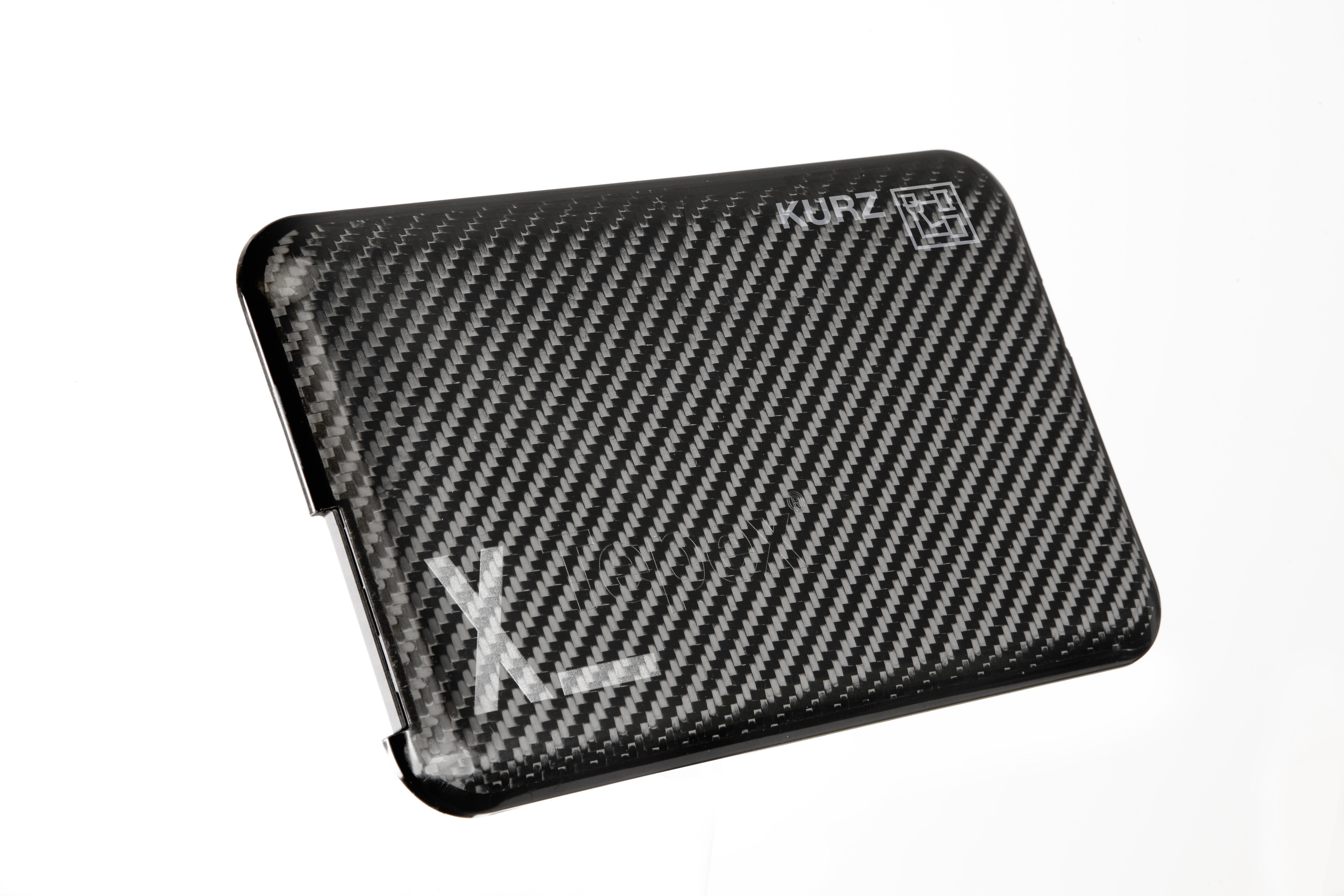
Leonhard Kurz Stiftung and Bond-Laminates GmbH, a subsidiary of Lanxess, have developed a material and mold technology to produce decorated housing parts with extremely thin walls for smartphone, tablet, and other electronic devices.
The companies make use of Tepex dynalite semi-finished thermoplastic composite which is then formed by closing an injection mold, back-injected, and decorated inline using an in-mold decoration integration process which involves the use of a transfer coating system. The Tepex dynalite material is reinforced with continuous glass and carbon fibers, embedded free of air inclusions in a polycarbonate matrix.
One demo product produced is a housing component which has an integrally molded frame around the edges made of a flame-retardant polycarbonate reinforced with 50% short glass fibers. The snap connections and screw bosses are also integrated into the part. It has a wall thickness of just 0.6 mm, according to its developers.
High strength
‘The advantage of our composite material is its very high strength and stiffness, combined with good toughness,’ said Andy Dentel, project manager at Bond-Laminates. ‘These properties are what enable us to reduce the wall thickness so much, without compromising on the mechanical performance of the decorated components.’
Because the component is coated directly in the injection molding process, an additional coating process step can be eliminated.
This story is reprinted from material from Lanxess, with editorial changes made by Materials Today. The views expressed in this article do not necessarily represent those of Elsevier.






